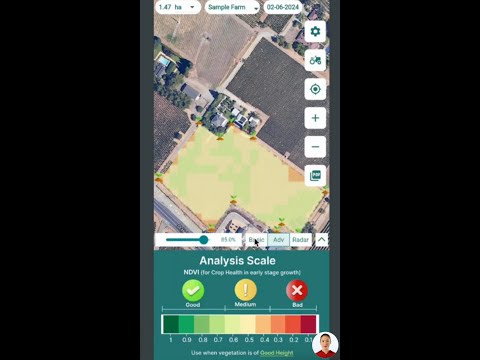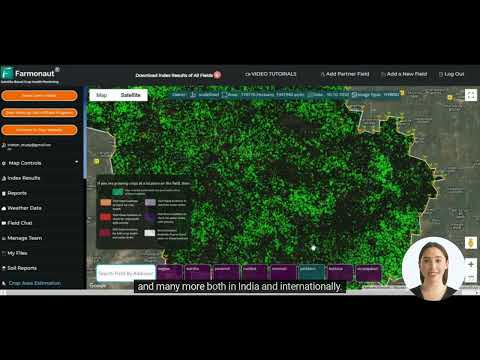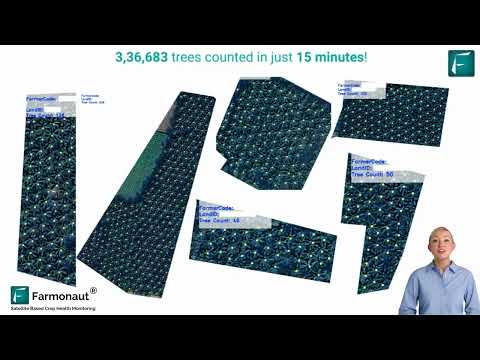Rural Zoning Challenges: Balancing Agricultural Heritage and Development in St. Charles County
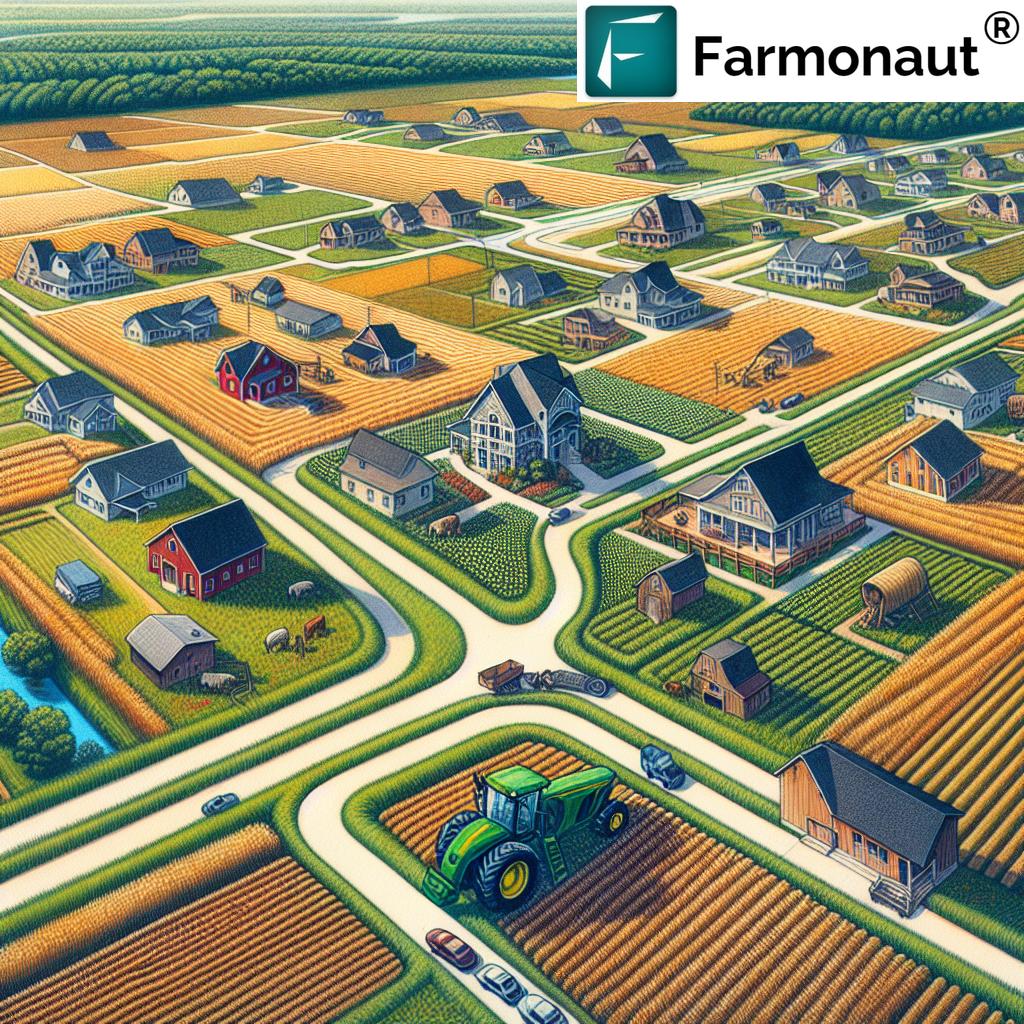
“St. Charles County faced a controversial proposal to transform agricultural land into a high-density 109-home subdivision.”
In the heart of Missouri, St. Charles County finds itself at a crossroads, grappling with the complex challenges of rural subdivision zoning. As we delve into this pressing issue, we’ll explore how the county is striving to balance its rich agricultural heritage with the inevitable pressures of development. This delicate equilibrium is not just a local concern but reflects a broader national dialogue on sustainable growth and the preservation of rural America.
Recently, a county zoning board decision thrust these challenges into the spotlight, rejecting a high-density residential development proposal that sought to transform pristine agricultural land into a bustling 109-home subdivision. This controversial plan has ignited a fierce debate, pitting the interests of developers against those of long-time residents and agricultural advocates. At the core of this discussion lies a fundamental question: How can we accommodate growth while preserving the essential character and functionality of our rural areas?
The Proposed Development: A Closer Look
The project in question, dubbed “The Bluffs at Riverdale,” aimed to create a new residential community on a 38-acre parcel of land sandwiched between Dyer Road and Highway 79, north of O’Fallon. Spearheaded by developer Shawn Luesse of Charlestowne Crossing, LLC, and homebuilder T.R. Hughes, the plan called for a significant rezoning effort to transition the property from agricultural use to a single-family zoning district.
What set this proposal apart—and ultimately led to its rejection—was its proposed density. At 2.9 homes per acre, The Bluffs at Riverdale would have been notably denser than neighboring subdivisions like Riverdale and The Grove at Riverdale, which average 2.4 and 1.7 homes per acre, respectively. This increased density raised red flags for many in the community, sparking concerns about infrastructure strain, environmental impact, and the erosion of the area’s rural character.
Community Response and Concerns
The zoning board’s decision to recommend denial of the rezoning request came after extensive public testimony. Local residents voiced a litany of concerns, painting a vivid picture of the potential negative impacts they feared the development would bring:
- Public Safety and Emergency Response: Worries about the ability of current emergency services to adequately cover an influx of new residents.
- Road Congestion: Fears that existing roadways would be overwhelmed by increased traffic.
- Stormwater Management: Concerns about potential drainage issues and the impact on local water resources.
- Environmental Preservation: Desire to protect local wildlife, natural resources, and the aesthetic beauty of rural St. Charles County.
Paul Holton, a resident of nearby St. Paul, articulated a sentiment shared by many when he stated, “The county, and unfortunately, my own city, have put the cart way before the horse.” This observation highlights a critical issue in rural development: the need for infrastructure improvements to precede or at least keep pace with residential expansion.
The Agricultural Perspective
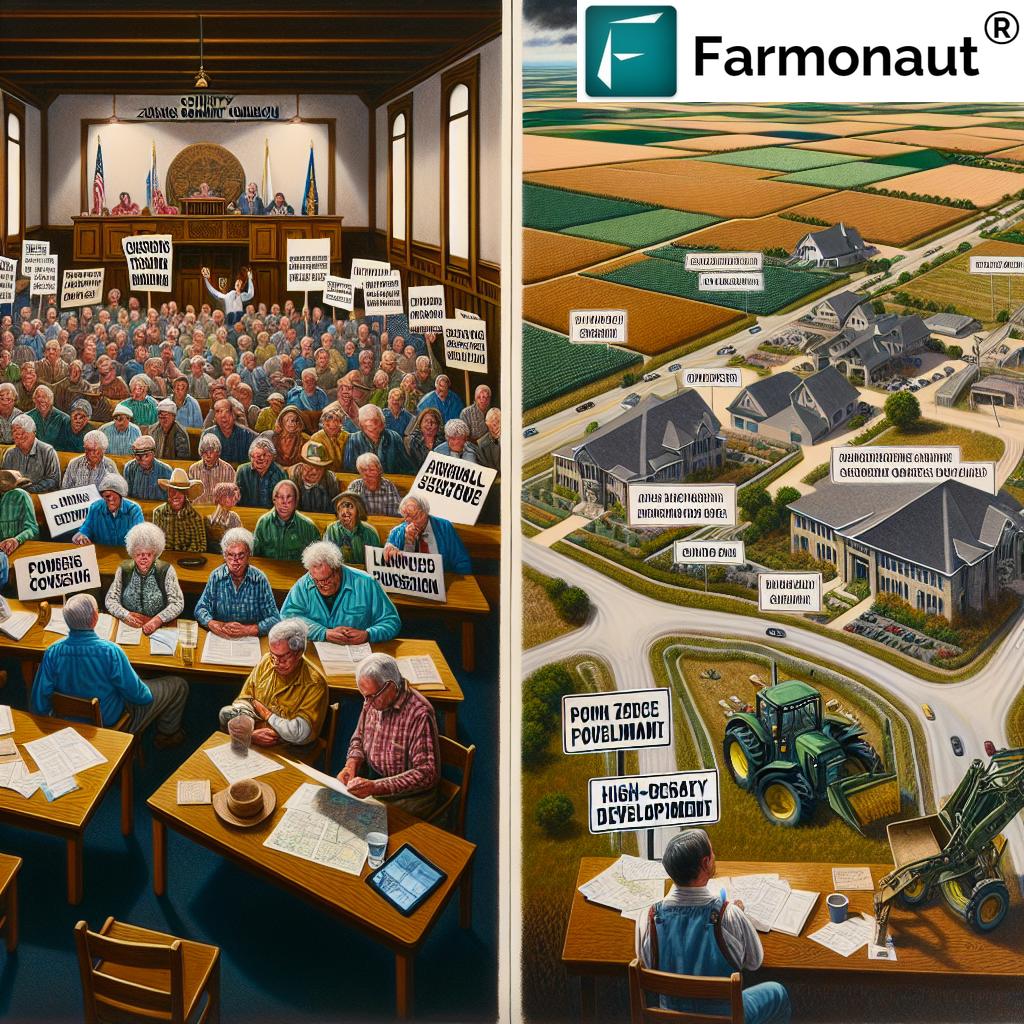
“Rural zoning debates in St. Charles County highlight the challenge of balancing development with preserving farmland and accommodating farm machinery.”
The voice of the agricultural community resonated strongly throughout the zoning debate. Mary Dyer, a fourth-generation farmer, poignantly described herself as part of a “dying breed of farmers” in St. Charles County. Her testimony underscored a critical aspect of rural zoning challenges: the need to accommodate not just residential needs but also the practical requirements of agricultural operations.
Farmers like Dyer rely on local roads to move large, heavy machinery between fields. These are not, as she pointed out, “your grandma and grandpa’s old tractors” but substantial pieces of equipment essential to modern farming operations. The concern is that increased residential density and the resulting traffic could severely impede these necessary movements, threatening the viability of local agriculture.
The Role of Technology in Modern Agriculture
As we consider the challenges facing rural communities like St. Charles County, it’s worth noting the role that technological advancements can play in supporting both agricultural preservation and sustainable development. Innovative solutions, such as those offered by companies like Farmonaut, are helping to bridge the gap between traditional farming practices and modern demands for efficiency and sustainability.
Farmonaut, for instance, provides satellite-based farm management solutions that enable farmers to monitor crop health, optimize resource use, and make data-driven decisions. These tools can help increase agricultural productivity on existing farmland, potentially reducing the pressure to convert agricultural land for residential use.
By leveraging technologies like satellite imagery and AI-driven analytics, farmers can:
- Monitor crop health in real-time
- Optimize irrigation and fertilizer use
- Predict and mitigate pest outbreaks
- Plan for weather-related challenges
These capabilities not only enhance farm productivity but also contribute to more sustainable agricultural practices, aligning with broader environmental goals often cited in zoning discussions.
Balancing Act: Development vs. Preservation
The case of The Bluffs at Riverdale exemplifies the complex balancing act that county councils and zoning boards must perform. On one side, there’s the push for development, driven by population growth, housing demand, and economic opportunities. On the other, there’s the imperative to preserve agricultural land, maintain rural character, and ensure that infrastructure can support new growth sustainably.
This balance is not just about land use; it’s about preserving a way of life and ensuring food security for future generations. As we consider rezoning requests and long-term planning decisions, it’s crucial to weigh the immediate benefits of development against the long-term value of preserving agricultural land and rural communities.
Infrastructure Challenges in Rural Development
One of the most significant hurdles in rural development is the strain on existing infrastructure. Roads, utilities, and public services that were designed for sparse, agricultural populations can quickly become overwhelmed by high-density residential developments. This challenge is multifaceted, involving:
- Road Capacity: Rural roads often lack the width and structural integrity to handle increased traffic volumes.
- Utility Systems: Water, sewer, and electrical systems may require significant upgrades to serve new developments.
- Emergency Services: Fire, police, and medical services may need expansion to maintain response times over larger, more populated areas.
- Schools: Local school districts may face overcrowding or the need for new facilities.
Addressing these infrastructure challenges requires substantial investment and careful planning. It’s not just about accommodating new residents; it’s about ensuring that the quality of life for existing community members is not diminished.
Environmental Considerations in Rural Zoning
Environmental preservation is a critical factor in rural zoning decisions. High-density developments can have significant impacts on local ecosystems, including:
- Increased stormwater runoff and potential water pollution
- Loss of wildlife habitats
- Reduction in green spaces and natural landscapes
- Increased air pollution from traffic
Balancing these environmental concerns with development needs requires innovative approaches to land use planning. This might include incorporating green spaces within developments, implementing strict stormwater management practices, or requiring developers to offset environmental impacts through conservation efforts elsewhere in the county.
The Economic Perspective
While preserving agricultural land and rural character is crucial, it’s also important to consider the economic implications of zoning decisions. Development can bring economic benefits to rural areas, including:
- Increased property tax revenue
- Job creation in construction and related industries
- Potential for new businesses to serve a growing population
However, these benefits must be weighed against the potential economic losses, such as:
- Reduced agricultural output
- Increased costs for infrastructure upgrades
- Potential decline in tourism or agritourism revenues if rural character is diminished
Finding the right balance requires a comprehensive economic analysis that considers both short-term gains and long-term sustainability.
Learning from Other Communities
St. Charles County is not alone in facing these challenges. Many rural communities across the United States are grappling with similar issues. By examining case studies and best practices from other regions, we can gain valuable insights into successful strategies for balancing growth and preservation.
For example, some communities have implemented:
- Transfer of Development Rights (TDR) programs to preserve agricultural land while allowing for concentrated development in designated areas
- Cluster development zoning that allows for higher density housing while preserving large tracts of open space
- Comprehensive farmland preservation programs that include purchase of development rights
These approaches demonstrate that with creativity and careful planning, it is possible to accommodate growth while preserving rural character and agricultural viability.
The Role of Technology in Rural Planning
As we navigate these complex zoning challenges, technology can play a crucial role in informing decision-making and optimizing land use. Advanced mapping and data analysis tools can help planners and policymakers visualize the potential impacts of different development scenarios.
Farmonaut’s satellite-based technologies, for instance, can provide valuable insights for both agricultural preservation and smart development planning:
- Crop Health Monitoring: By identifying the most productive agricultural lands, planners can prioritize areas for preservation.
- Resource Management: Efficient use of water and other resources can make existing farmland more productive, potentially reducing pressure for development.
- Environmental Impact Assessment: Satellite data can help predict the environmental impacts of proposed developments, informing zoning decisions.
Explore Farmonaut’s API for advanced agricultural data integration
Community Engagement in Zoning Decisions
The strong community response to The Bluffs at Riverdale proposal underscores the importance of robust public engagement in zoning decisions. Effective community involvement can:
- Ensure diverse perspectives are considered
- Build consensus around development priorities
- Identify creative solutions that balance competing interests
- Foster a sense of ownership and acceptance of zoning decisions
Moving forward, St. Charles County and similar communities might consider implementing more structured community engagement processes, such as participatory planning workshops or citizen advisory committees, to guide rural zoning decisions.
The Path Forward for St. Charles County
As St. Charles County Council prepares to make its final decision on The Bluffs at Riverdale proposal, the broader implications of this case for future rural zoning policies are clear. The county faces a critical juncture that will shape its landscape and community for generations to come.
Key considerations for the path forward include:
- Developing a comprehensive, long-term rural preservation and development plan
- Implementing zoning policies that protect prime agricultural land while designating appropriate areas for higher-density development
- Investing in infrastructure improvements to support sustainable growth
- Exploring innovative land use strategies that balance development needs with rural preservation
- Leveraging technology to optimize agricultural productivity and inform planning decisions
Comparison of Rural Zoning Considerations in St. Charles County
| Zoning Aspect | Agricultural Preservation | High-Density Development |
|---|---|---|
| Land Use | Maintains farmland and open spaces | Increases housing availability |
| Infrastructure Impact | Low – Existing infrastructure sufficient | High – Requires significant upgrades |
| Public Safety | Minimal strain on emergency services | Potential for increased response times |
| Environmental Effects | Preserves natural habitats and ecosystems | Increased pollution and habitat loss risks |
| Community Character | Maintains rural aesthetic and lifestyle | Shifts towards suburban character |
Leveraging Technology for Sustainable Agriculture
As we consider the future of rural areas like St. Charles County, it’s crucial to recognize the role that advanced agricultural technologies can play in supporting both preservation and productivity. Farmonaut’s suite of tools offers farmers and policymakers alike valuable resources for making informed decisions about land use and agricultural practices.
By embracing these technologies, communities can:
- Enhance agricultural productivity on existing farmland
- Reduce the environmental impact of farming practices
- Provide data-driven insights for zoning and land use decisions
- Support the economic viability of local farms
Conclusion: A Balanced Approach to Rural Zoning
The challenges facing St. Charles County are emblematic of a broader national conversation about the future of rural America. As we’ve explored, the path forward requires a delicate balance between preserving agricultural heritage and accommodating inevitable growth. This balance can only be achieved through thoughtful planning, community engagement, and the strategic use of technology.
By learning from the experiences of communities like St. Charles County, leveraging advanced technologies, and fostering open dialogue between all stakeholders, we can work towards zoning policies that ensure the vitality of our rural areas for generations to come. The decisions made today will shape the landscape, economy, and character of these communities far into the future. It’s a responsibility that demands our utmost attention, creativity, and commitment to sustainable, balanced growth.
FAQ Section
Q: What are the main challenges in rural zoning for St. Charles County?
A: The primary challenges include balancing agricultural preservation with development pressures, managing infrastructure impacts, preserving community character, and addressing environmental concerns.
Q: How does high-density development impact rural areas?
A: High-density development can strain existing infrastructure, increase traffic, potentially harm local ecosystems, and alter the rural character of an area.
Q: What role does technology play in modern agriculture and rural planning?
A: Technologies like satellite imaging and AI-driven analytics can help optimize farm productivity, inform land use decisions, and support sustainable agricultural practices.
Q: How can communities balance growth with rural preservation?
A: Strategies include implementing comprehensive land use plans, using innovative zoning techniques like cluster development, leveraging technology for efficient land use, and engaging in robust community dialogue.
Q: What are the economic implications of rural zoning decisions?
A: Zoning decisions can impact property values, tax revenues, job creation, agricultural output, and the costs of infrastructure development and maintenance.
Earn With Farmonaut: Join Farmonaut’s Affiliate Program
Earn 20% recurring commission with Farmonaut’s affiliate program by sharing your promo code and helping farmers save 10%. Onboard 10 Elite farmers monthly to earn a minimum of $148,000 annually—start now and grow your income!

